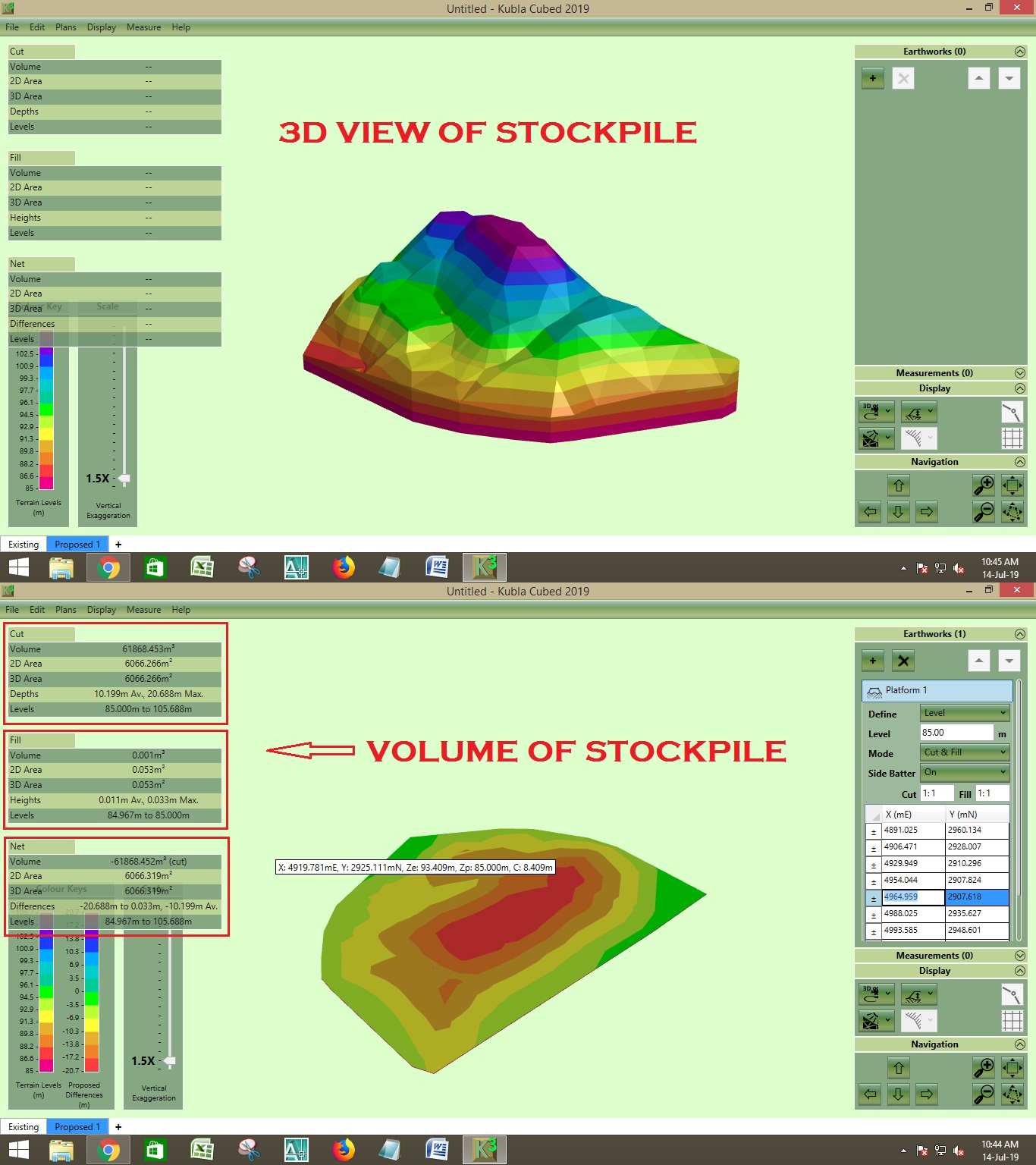

- STOCKPILE AREA CALCULATOR HOW TO
- STOCKPILE AREA CALCULATOR PROFESSIONAL
- STOCKPILE AREA CALCULATOR FREE
This includes providing free water bottle top-up stations along the beach and reducing single-use plastic use in beachside catering facilities run by the council.
STOCKPILE AREA CALCULATOR HOW TO
The cost and environmental impact of this waste prompted BCP council to commission a report called Turning the Tide, which recommended how to reduce the amount of single-use plastic on the beach. The council has installed water bottle refill stations along the beach The environmental hub is part of a strategy to reduce single-use plastics in the area. Building Boardroom Digital Construction Academy.Construction Business: Strategy, Risk and Regulations.
STOCKPILE AREA CALCULATOR PROFESSIONAL
This will compile your material and volume data in a concise and professional report. Volume Measurements Over Time for GCP Mapsįor Individual, Advanced, Teams, and Enterprise customers, you also have access to the Stockpile Report. The actual Volume measurement calculation is Volume = Cut - Fill. FillĬut refers to the volume you would have to remove from the area (a pile) in order to flatten it (e.g., you're cutting off the pile).įill corresponds to the volume you would have to haul in, to "fill" a hole, in order to flatten the area.Ĭut and Fill volumes are automatically shown on the map when calculating volumes. The volume calculations between the base-plane and the terrain surface of your area of interest is given in terms of the volume that would need to be removed (in the case of a stockpile) and/or added (in the case of a hole) in order to flatten the surface so that it's the same as the surrounding ground. Click on the Duplicate button at the top of the left side panel - this will automatically duplicate your annotation on the map!

Click on the Annotation you would like to duplicateĢ. You can now duplicate your Annotations within the same map!ġ. Now, when you compare those measurements, you will be comparing the same area, location and volume, thus resulting in the most accurate change-over-time calculations! This is done in the same way we copy annotations simply select that option from the drop-down menu.Ĭongrats! You have now copied annotations from a previous flight. You now also have the ability to import annotations from a selected map into a current map. This can be done natively within our app! Find this in the annotations drop down of the left panel:įor more detailed instructions on how to copy annotations, click here: Copy Annotations For instance, if you have piles changing on a daily, weekly, or monthly basis you may want to consider copying annotations from map to map.

Using the Elevation Toolbox (on the right), the small pile becomes easily viewable, enabling you to avoid defining a point of the base on top of the rocks.Ĭreating identical annotations is important for change-over-time mapping. Defining the base layer on top of the small rock pile would lead to inaccurate volume calculations.

In the Orthomosaic (on the left) it is difficult to see the small pile of rocks to the left of the stockpile. To more easily see the nuances in the terrain, we recommend using the Elevation Toolbox as the base layer of the map when computing volumes.īelow is an example that demonstrates why using the Elevation Toolbox is a best practice when calculating volumes. Sometimes it can be difficult to see the base of a stockpile when looking at the Orthomosaic image, due to shadows or similarly colored surrounding areas. There are three base-plane options available for volume calculation Linear Fit, Lowest Point and Triangulated.įor more detailed information on choosing a baseplane, custom elevations and FAQs, please visit this page: Selecting a Baseplane


 0 kommentar(er)
0 kommentar(er)
